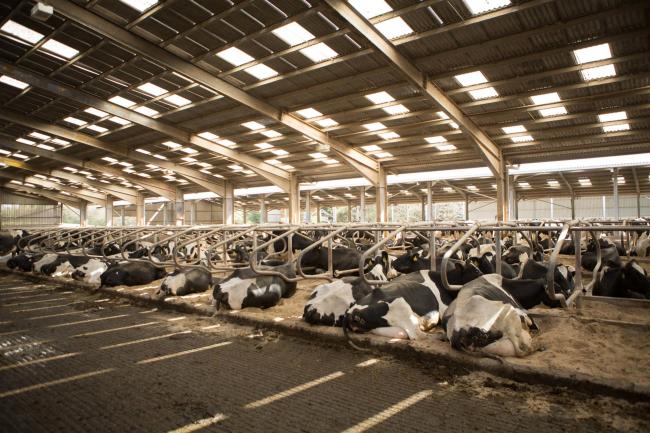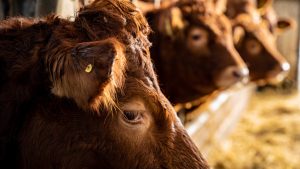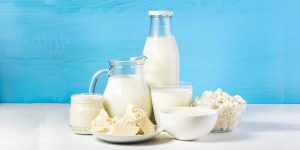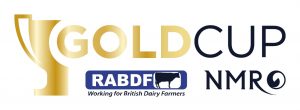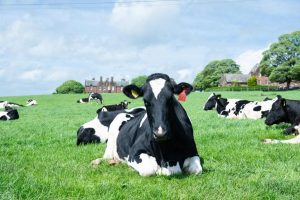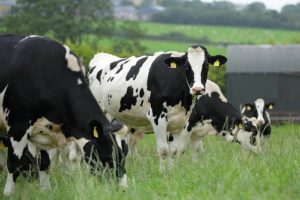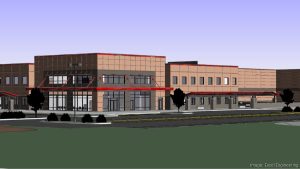
Total dairy units are currently 862 with cow numbers standing at 177,459 making the average herd size now 206 cows – up three.
Wigtownshire and Ayrshire saw the biggest loses which each losing five dairy herds while Lanarkshire lost four. However, there remains a degree of confidence with new dairies starting up and previous herds resuming milking in Dumfriesshire, Stirlingshire, Lanarkshire, and Wigtownshire.
Although the number of milk recorded herds also decreased, the total number of cows increased by 732, to 129,069.
Commenting on the latest figures Janette Mathie, secretary for the Scottish Dairy Cattle Association said: “The last few months have been difficult for milk processors and producers alike, with demand for milk and dairy products cut overnight.
“Steps are now being taken, through the Defra Dairy Contract Consultation, to try and negotiate contracts which are fair to all parties concerned.”
It was a point echoed by NFU Scotland Milk Committee chairman Gary Mitchell said: “We are about to enter the fifth month of Covid-19 lockdown and it is clear the dairy sector in Scotland has a challenging future ahead.
“Trying to analyse the future is never easy but, like any busy dairy farmer, you use the tools and signs that are in front of your face.
“AHDB latest figures report GB milk deliveries are 0.8% down in the middle of July compared to the previous weekend and they are now running 2.4% below the same week last year – equivalent to 0.81m litres less per day.
“The last few weeks has seen ex farm prices stabilise with a number of small increases announced across the country, which supports a degree of optimism compared to the fears of market collapse from April and May.
“While being no more than a useful stake in the ground, spot price for milk is reported to be hitting 30ppl which is a long way from the single figure prices quoted in April when the Covid-19 situation was at its peak.
“And further afield in the last couple of months, the Global Trade Auction prices have certainly been in a more favourable position.
“Silage quality and weather will be two main issues that will also have a big say in where the Scottish dairy industry goes in the back end.”
